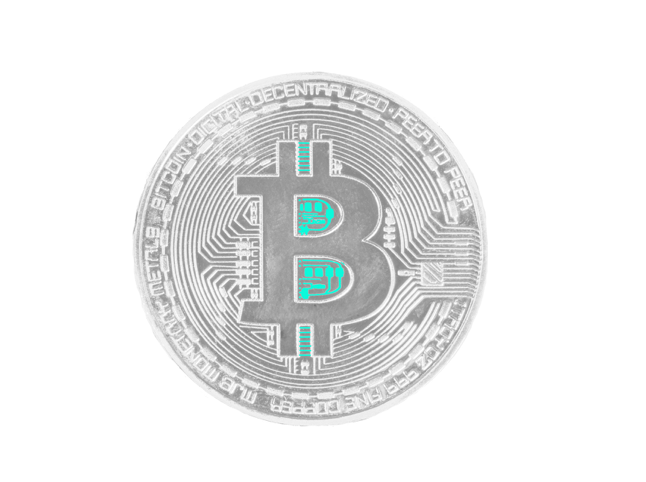Short answer? Yes.
Subprime loans, 1920’s wartime banking re-investments…money follows the rule “if it seems too good to be true, it probably is.” The same principle applies to the newest form of high reward investment: cryptocurrencies.
Why exactly should you be warry when dealing with this new, largely un-regulated form of money? Well for starters, let’s review what actually gives currency its value. In today’s market, the value of currency is mostly based on the supply and demand for that particular currency. The cost of goods are driven by the perceived value of that currency in relation to the value of whatever you are buying.
This is why inflation can happen so easily. Look at gas prices in our current global market. It is no secret that oil is what makes daily America tick. Our country alone consumes 19.88 million barrels of oil per day, and entire industries would suffer shutdowns if oil were to suddenly vanish. Thus, oil is an extremely valuable commodity, and priced accordingly. The worth of oil is equal to almost $3.00/gal compared to say, water, valued at only about $1.00/gal. As recently as 1993, gas could be purchased for $1.68/gal. A destabilized relationship with the Middle East, environmental concerns around domestic fracking, and an ever increasing national debt contributed to the increased value of imported oil in correlation with a decreased trust in the American dollar. Inflation occurs when the value of the currency is deemed less than the value of the actual good it is being used to purchase.
Take post World War I Germany, for example. Under the weight of wartime debt with no one willing to lend money to the country, the German National Bank simply printed as much money as it needed. The result? The value of German money being so diminished it was often used as wallpaper. You can create currency, you can even get an insular group (like a single country) to agree to its “value”…what you can’t control is the rest of the world’s valuation of that currency in relation to their own, and in a global marketplace that’s what matters. The Germans created their own money, money that was not backed by any recognized value, and it simply does not hold any value.
What does all this history have to do with futuristic, cutting edge, coded currency? To quote yet another cliché adage: “history repeats itself.”
What cryptocurrency represents is conceptually simplistic: another form of currency like the euro, yen, dollar, etc. The major differences are that no one can quite agree on its value, when it can be deployed, or how it should be regulated. This virtual currency is not backed by any tangible assets, and has no institution or government to verify it. It can only be traded in specialized exchanges like Kraken or Bitstamp, creating a niche viable market.
Data miners are essentially carving out these “coins” and declaring a particular value associated with them…a value derived from nothing but the general consensus around that value. It is valued only because people created it and found others who agreed to use/accept the coin as a form of currency, and that value only lasts as long as that network can be maintained. “Maintained” is perhaps too generous a word, given the volatile swings in the value of cryptocurrencies on an almost daily basis. Swedish based Bank for International Settlements (BIS) recently published their study on the downside of cryptocurrency, in which they acknowledge this very concept:
“Trust can evaporate at any time because of the fragility of the decentralized consensus through which transactions are recorded…[this] means that a cryptocurrency can simply stop functioning, resulting in a complete loss of value.”
Perhaps most importantly, the computing power required to maintain the digital ledger of transactions processed through cryptocurrency (blockchain) is not scalable on any major economic level. Users are charged a “processing fee” to have their transaction documented in the digital ledger, and when there is high demand or increased exchange, that fee goes up. During a particularly intense period of bitcoin trading in December of 2017, the price per transaction rose as high as $57.
In 2015, there were roughly 38.5 billion e-commerce transactions taking place daily around the world. In order to process that volume of economic exchange, multiple super computers would need to be involved. This would dramatically increase the “cost” of any good, due to the hefty transactional fee.
Historically, things have never gone well for non-asset based currency with patchwork regulatory oversight. Perceived value, volatile markets, inflation risks, processing fees, and fragile deployment models are all actively working against cryptocurrency’s potential for success. While these factors don’t necessarily doom the entire practice, they should dampen some of the frenzy around this particular type of investment. Proceed with caution because, at the end of the day, de-valued virtual coins can’t even be used as wallpaper.

